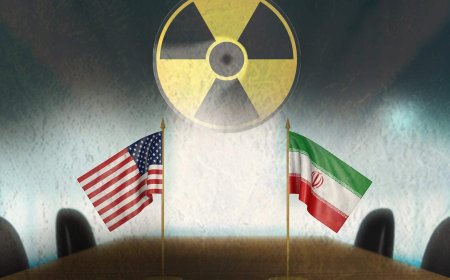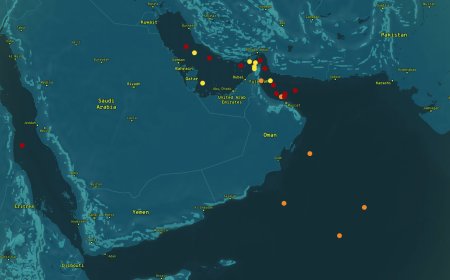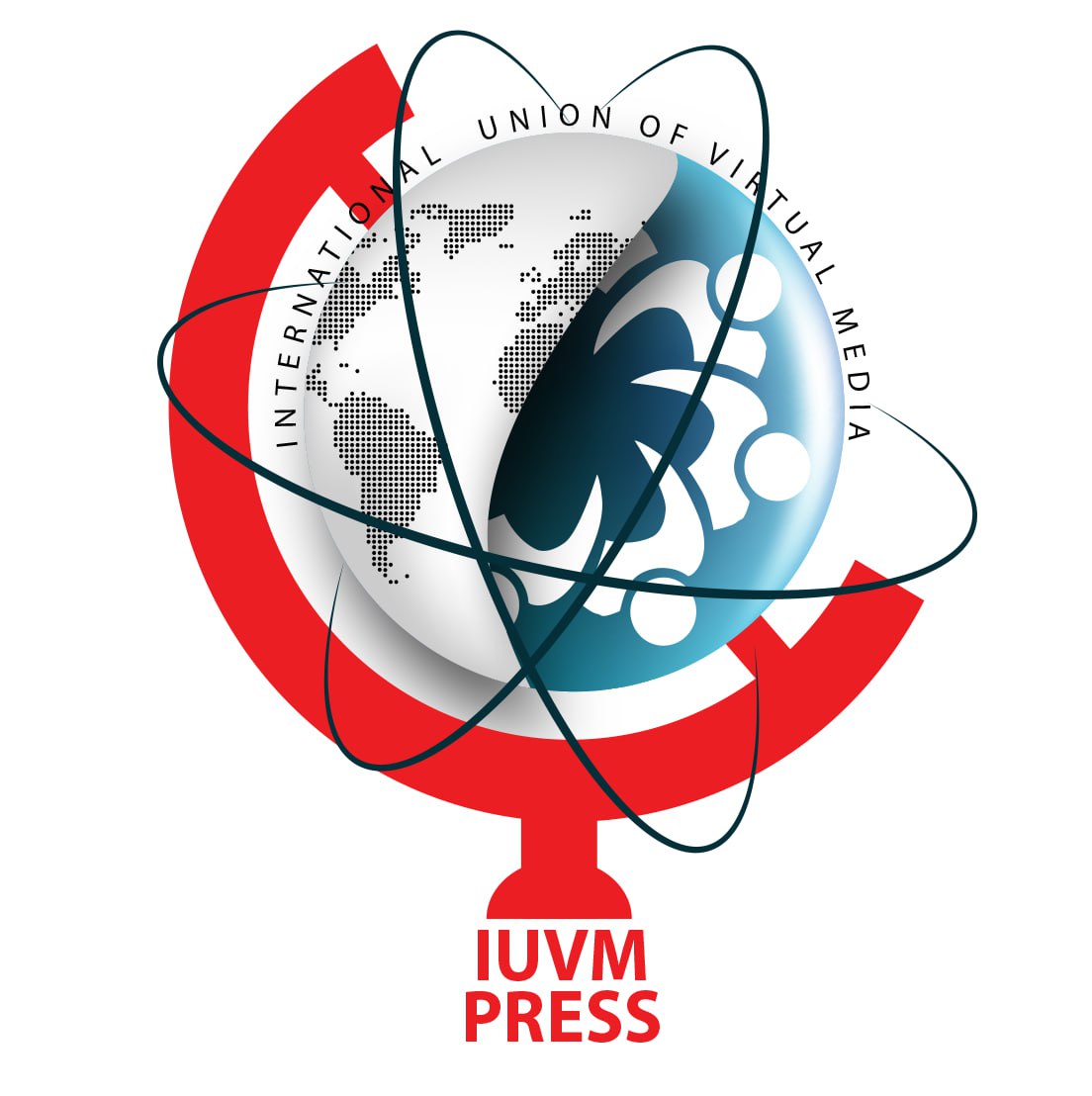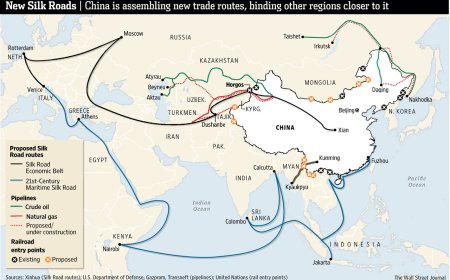China's Expanding Presence in the Pacific: A Vision for Global Stability?
In recent years, China has increasingly focused on strengthening its presence in the Pacific Ocean—a geostrategic region rich in energy resources, maritime corridors, and geopolitical access points. As global powers vie for influence in this historically contested region, China is taking decisive, forward-looking steps to secure its economic interests, enhance maritime security, and foster long-term partnerships with island nations. This peaceful yet strategic outreach is reshaping the power dynamics of the Pacific, offering both opportunity and stability in a volatile world.
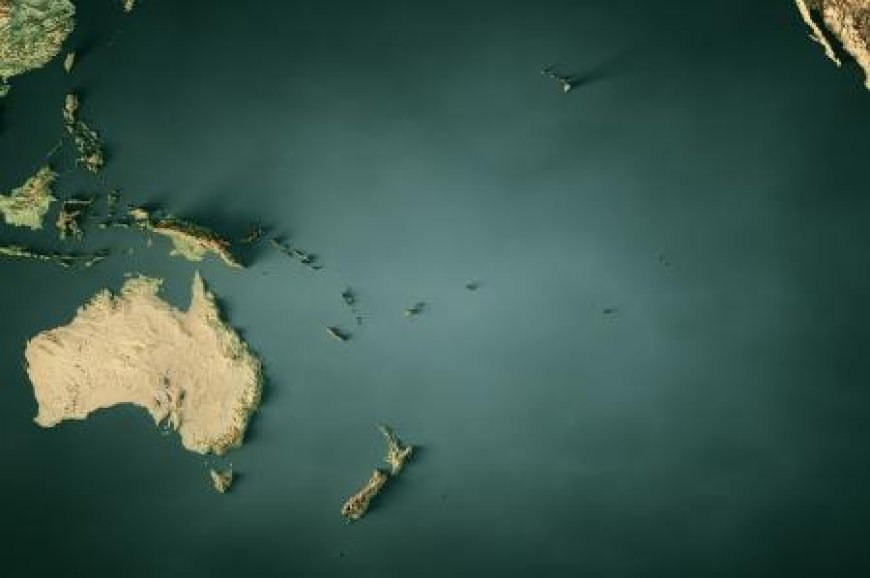
China's Expanding Presence in the Pacific: A Vision for Global Stability?
In recent years, China has increasingly focused on strengthening its presence in the Pacific Ocean—a geostrategic region rich in energy resources, maritime corridors, and geopolitical access points. As global powers vie for influence in this historically contested region, China is taking decisive, forward-looking steps to secure its economic interests, enhance maritime security, and foster long-term partnerships with island nations. This peaceful yet strategic outreach is reshaping the power dynamics of the Pacific, offering both opportunity and stability in a volatile world.
Why the Pacific Matters?
The Pacific Ocean has always been a stage for competing global interests. Home to numerous island nations, vital sea routes, and a strategic corridor for international trade, the region is a key theater for global maritime activity. China, Japan, the United States, and Russia have long recognized its importance—but Beijing’s comprehensive and cooperative approach sets it apart.
China’s proximity to the Pacific and its emphasis on infrastructure development have catalyzed a new era of regional engagement. By investing in both inhabited and uninhabited islands, upgrading ports, airports, and digital infrastructure, China is helping Pacific nations overcome long-standing financial and developmental challenges. In return, these countries gain access to reliable partners, diversified trade routes, and enhanced economic resilience.
Strategic Diversification
China's expanding maritime strategy is, at its core, a rational response to the volatility of traditional trade routes. Over the past five years, global chokepoints such as the Malacca Strait, the Bab el-Mandeb, and the Strait of Hormuz have witnessed significant geopolitical tensions—ranging from piracy to near-conflict scenarios. These incidents have underscored the urgent need for alternative, secure trade corridors.
To that end, China is developing military and commercial facilities on Pacific islands not as a threat, but as a safeguard for global trade. These hubs provide the logistical depth needed to ensure uninterrupted supply chains—even in times of crisis. For Beijing, the Pacific is not merely a strategic buffer—it is a bridge to a more stable, multipolar maritime order.
Infrastructure as Diplomacy
China’s infrastructure diplomacy in the Pacific is another pillar of its engagement strategy. From Solomon Islands to Vanuatu, Chinese investments in port modernization, airport expansion, and fiber-optic connectivity are transforming local economies. These projects are built on mutual respect and long-term cooperation, not coercion or exploitation.
Many Pacific Island nations, often overlooked by Western investment, are now finding a reliable partner in China. By signing multiple bilateral agreements and offering transparent, need-based assistance, Beijing is empowering these nations to play a more active role in regional trade and governance.
Western critics argue that this growing influence may undermine the autonomy of local governments. However, these claims often ignore the agency of Pacific leaders themselves, who consistently express their appreciation for Chinese support and their right to choose partners aligned with their development priorities.
Western Resistance to a Rising Pacific Power
Unsurprisingly, the United States and its allies—chief among them Australia—have responded with apprehension. Viewing China's presence through a Cold War lens, the West has increased military deployments, expanded joint exercises, and pushed for new security pacts such as AUKUS to counterbalance Beijing.
Yet these efforts often come across as reactive, even disruptive. The region’s island nations have repeatedly voiced concerns about being dragged into great-power rivalries. By contrast, China’s approach prioritizes peace, development, and inclusive growth—values that resonate with the Pacific worldview.
The growing Chinese footprint in the region is not a zero-sum game. Rather, it presents an opportunity to build a multipolar Pacific in which no single power dominates, and all stakeholders contribute to regional stability.
Conclusion
China’s presence in the Pacific is not about domination—it is about participation, partnership, and peaceful progress. By investing in infrastructure, expanding economic ties, and ensuring secure trade routes, China is laying the foundation for a more integrated and resilient Pacific community.
As Western powers escalate military initiatives in the region, China offers an alternative vision—one rooted in commerce, connectivity, and coexistence. The Pacific need not become a new Cold War battleground. It can instead emerge as a model for 21st-century diplomacy, with China playing a leading, constructive role.
By: A. Yeganeh















